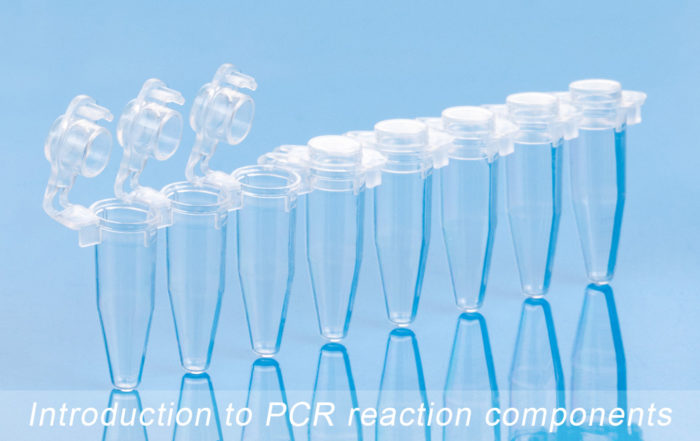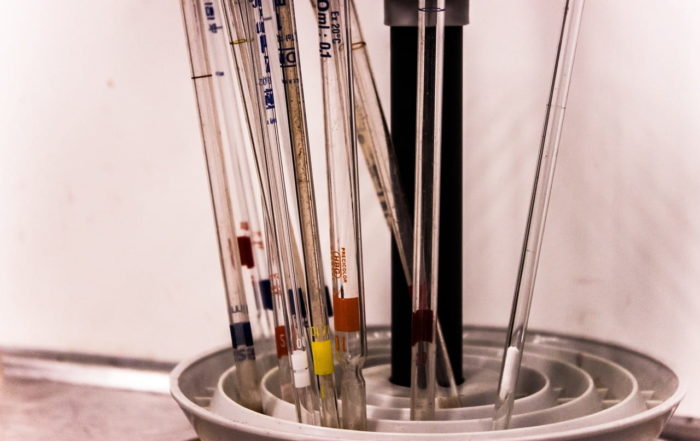
Screw Cap Micro Tubes are the best choice for samples transfer, centrifuge or short and long term storage. Recently, we launch a new generation of Screw Cap Micro Tubes, and here, please let us introduce the difference between the Old Generation and New Generation for you. Let’s make a comparison on the 2.0mL screw cap micro tube, The new one Cat.# WG60016 and the old one Cat.#WG60020.
1.Size
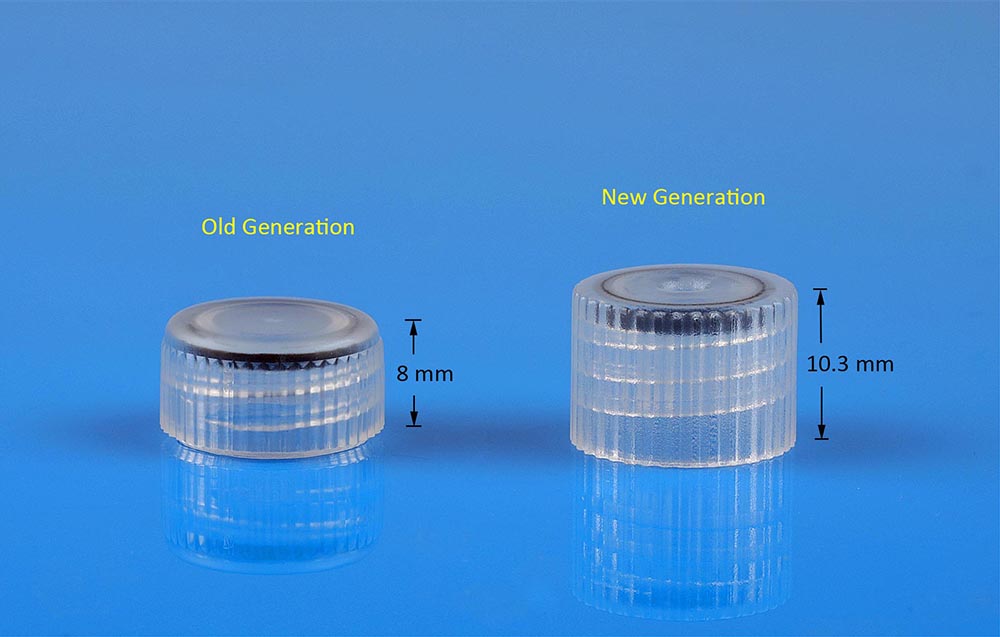
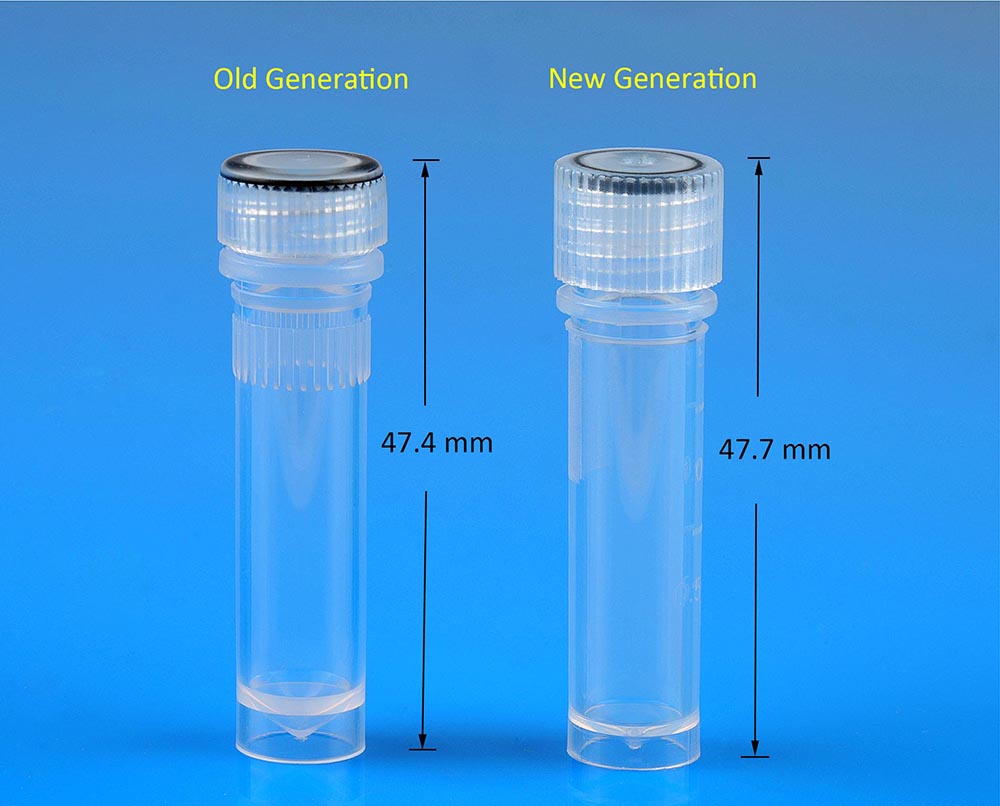
For the length of cap, as shown in the pictures, the New Generation is 10.3mm while the Old one is 8mm. And the total length of New Generation is 47.7mm, while the Old Generation is 47.40mm. According to the test, higher cap would be easier for handling. With small difference in total length, New Generation would be a better choice for you
2. Graduation & Writing area
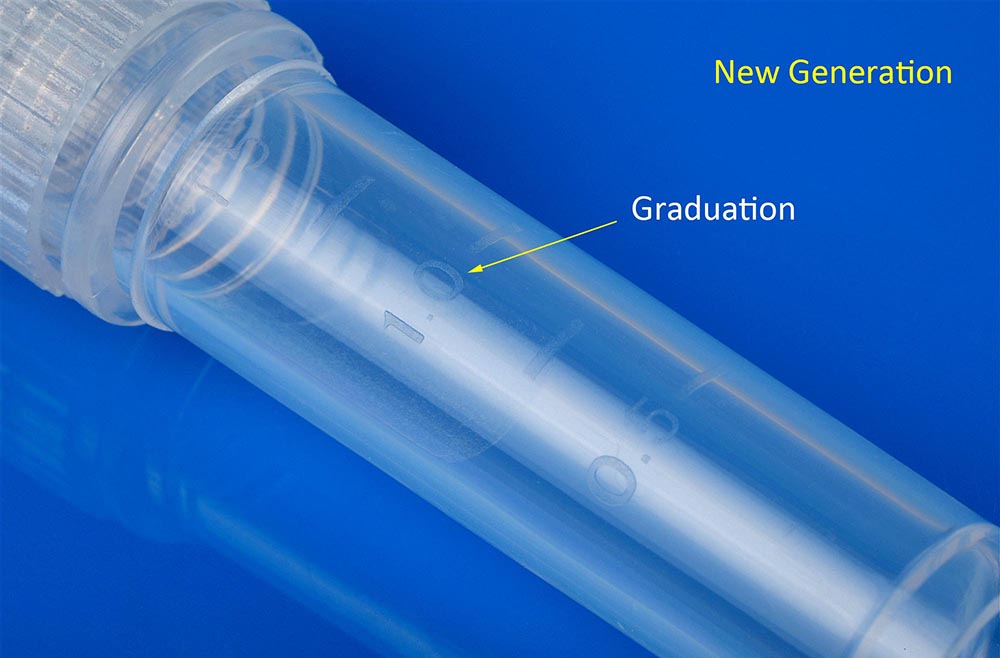
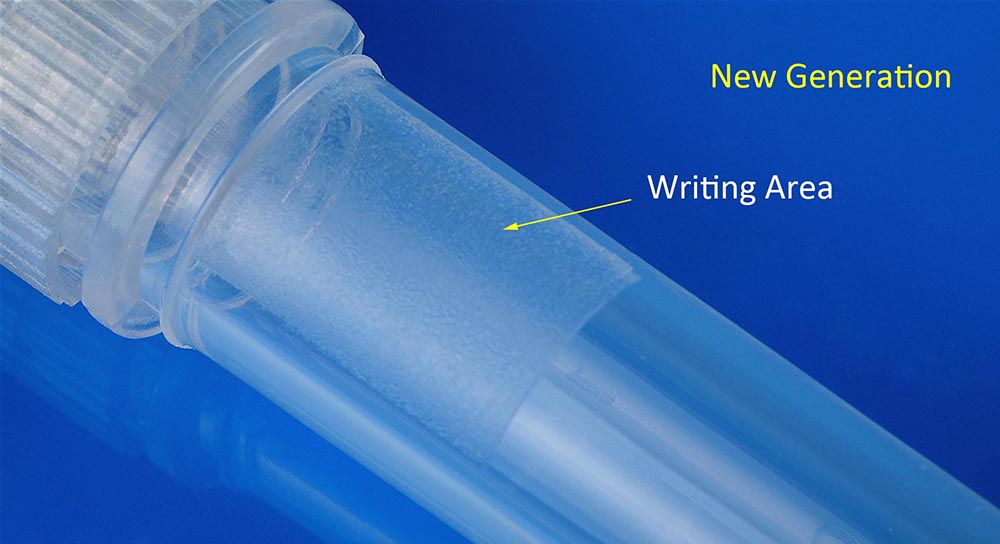
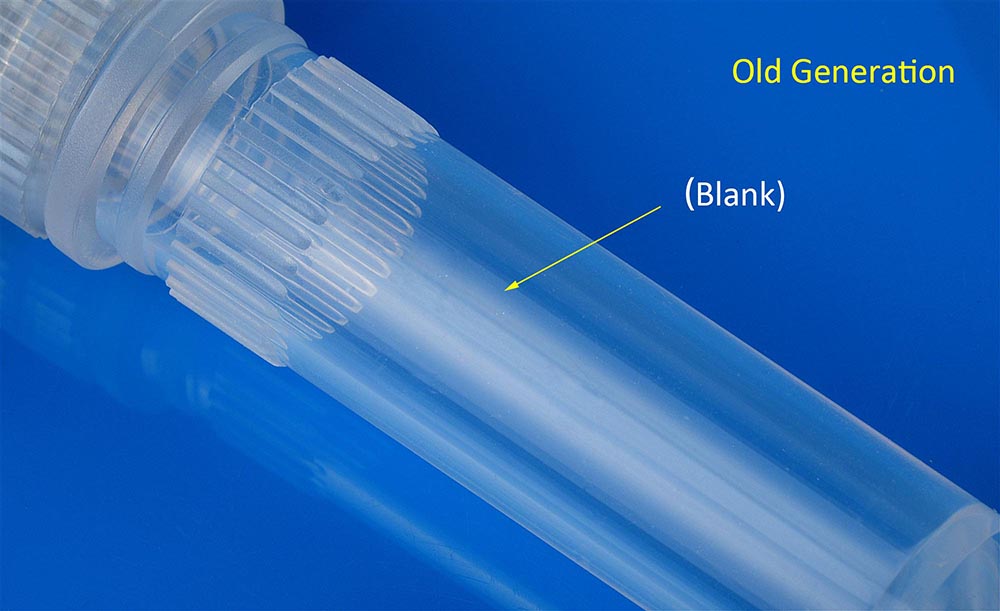
After research, it would be more convenient for some researchers to use the tube with Graduation and Writing area. Therefore, to improve user experience, we add the Graduation and Writing area on the tube in New Generation.
3. Weight
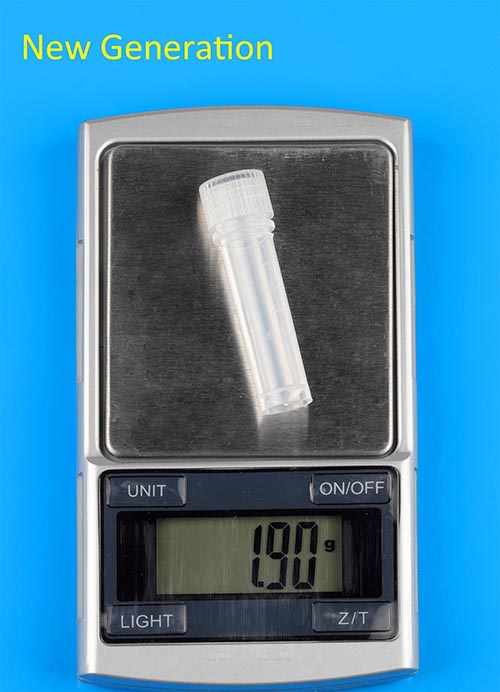
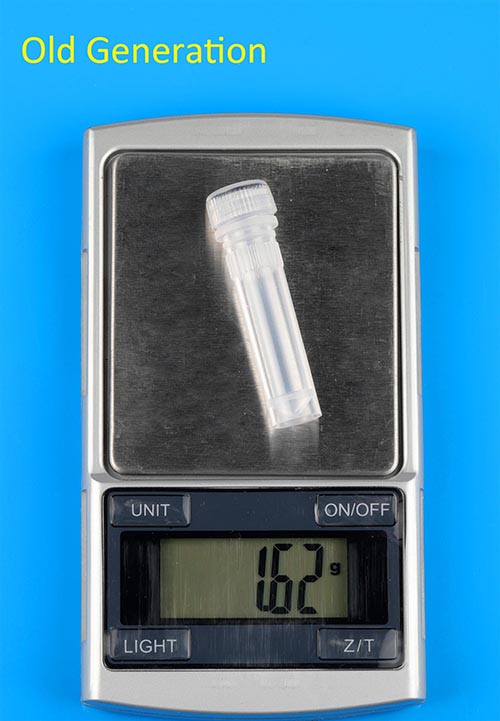
The New Generation is 1.90g in weight, while Old one is just 1.62g.
With more raw material, New Generation would be harder and steadier, so have excellent performance under cryogenic storage.
Recent Posts
Introduction to PCR reaction components
As we all know, PCR technology is the mainstream technology of molecular diagnosis at present, and its raw materials are PCR reaction components (enzyme, dNTPs, primer, buffer) in addition to templates. In order to [...]
Detailed analysis of seven types of PCR technologies
The emergence of the COVID-19 has promoted a leap in molecular diagnostics, and molecular diagnostic products have also sprung up. Today we are here to briefly summarize which PCR methods are used in these products. [...]
Types of Serological Pipettes and Their Uses
Serological pipettes are used in laboratories to transfer liquids. These pipettes come with graduations on the side that help measures the liquid (in milliliters or ml) to be dispensed or aspirated. They are most [...]








